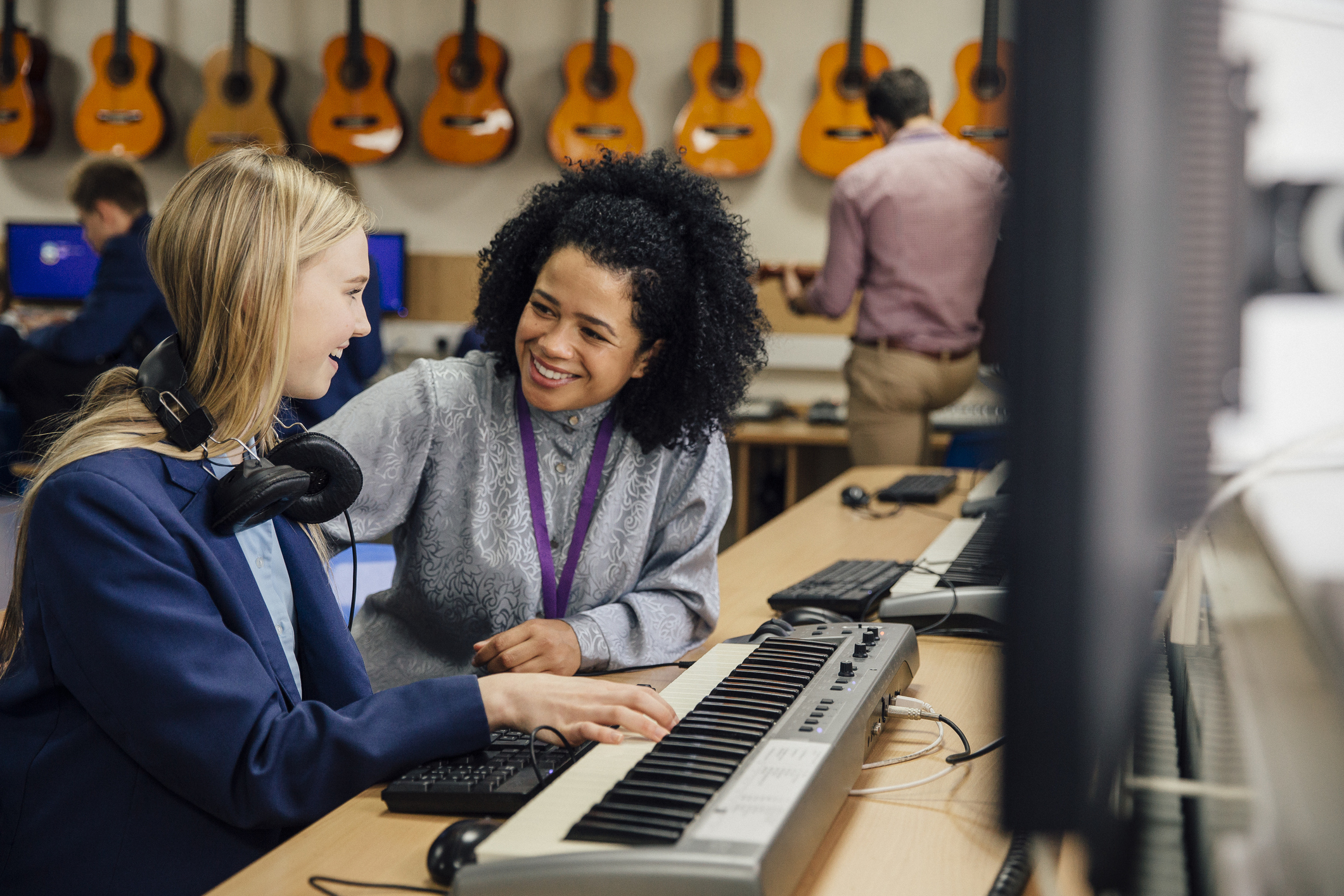
TEACHERS will call for music tuition to be protected in schools across Scotland when the country’s largest teaching union meets for its AGM this week.
The Educational Institute of Scotland (EIS) has repeatedly raised concerns over an emerging “postcode lottery” of provision following what it described as “catastrophic cuts” to teaching staff and “outrageous” lesson fees for some pupils.
Delegates at the Dundee meeting will debate a motion calling for the protection of music education in all schools.
The union says that while some local authorities have continued to provide free provision, pupils in other council areas face annual charges of up to £524.
A public petition lodged at Holyrood is also calling on the Scottish Government to change the law to ensure musical instrument lessons are available “as of right” and free of charge for all children who wish to learn.
Scots classical music stars The Ayoub Sisters speak out against cuts to school music funding
Meanwhile violinist Nicola Benedetti and percussionist Dame Evelyn Glennie are among the high-profile names who have voiced concerns.
EIS general secretary Larry Flanagan said: “The EIS has argued over many years, and never more so than in recent months, that Scotland’s instrumental music services are both highly valuable and hugely under-invested.
“Our position is that the cuts that have been imposed on these services during a period of austerity budgeting, and the increase in charges levied to families for music tuition, have contributed to a significant erosion of music in schools and place them at risk of extinction.
“EIS members who teach instrumental music are now reporting catastrophic cuts and outrageous charges.
“We are hearing of annual charges of up to £524 per pupil being mooted, and music services losing up to ten FTE (Full Time Equivalent) staff in the most recent budget round.”
Mr Flanagan said that while the Youth Music Initiative (YMI) – which offers access to music lessons for young people – was “positive”, it was “no substitute for properly resourced local authority music services”.
A Scottish Government spokeswoman said: “Music tuition is of enormous benefit to young people and the Scottish Government is actively providing leadership to encourage participation in music.
“Local authorities are directly responsible for spending on music tuition in schools. Overall funding to councils is increasing in real terms, despite continued UK Government cuts to Scotland’s resource budget.
“While respecting the autonomy of local councils, Scottish Ministers have committed to working in collaboration with partners to find solutions that help ensure instrumental music remains accessible to all.”

Enjoy the convenience of having The Sunday Post delivered as a digital ePaper straight to your smartphone, tablet or computer.
Subscribe for only £5.49 a month and enjoy all the benefits of the printed paper as a digital replica.
Subscribe